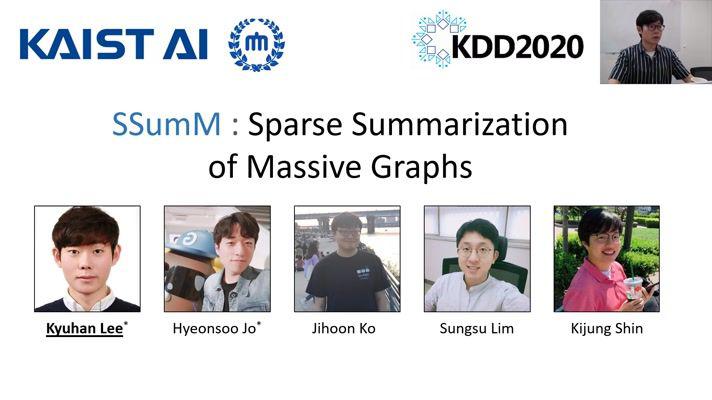Abstract:
A t-spanner H of a weighted graph G = (V, E, w) is a subgraph that approximates all pairwise distances up to a factor of t. The lightness of H is defined as the ratio between the weight of H to that of the minimum spanning tree. An (α, β)-Shallow Light Tree (SLT) is a tree of lightness β, that approximates all distances from a designated root vertex up to a factor of α. A long line of works resulted in efficient algorithms that produce (nearly) optimal light spanners and SLTs.Some of the most notable algorithmic applications of light spanners and SLTs are in distributed settings. Surprisingly, so far there are no known efficient distributed algorithms for constructing these objects in general graphs. In this paper we devise efficient distributed algorithms in the CONGEST model for constructing light spanners and SLTs, with near optimal parameters. Specifically, for any k ≥ 1 and 0 < ∈ < 1, we show a (2k − 1) · (1 + ∈)-spanner with lightness O(k·n1/k) can be built in [EQUATION] rounds (where n = |V| and D is the hop-diameter of G). In addition, for any α > 1 we provide an [EQUATION] rounds. The running times of our algorithms cannot be substantially improved.We also consider spanners for the family of doubling graphs, and devise a [EQUATION] rounds algorithm in the CONGEST model that computes a (1 + ∈)-spanner with lightness (log n)/∈O(1). As a stepping stone, which is interesting in its own right, we first develop a distributed algorithm for constructing nets (for arbitrary weighted graphs), generalizing previous algorithms that worked only for unweighted graphs.









































